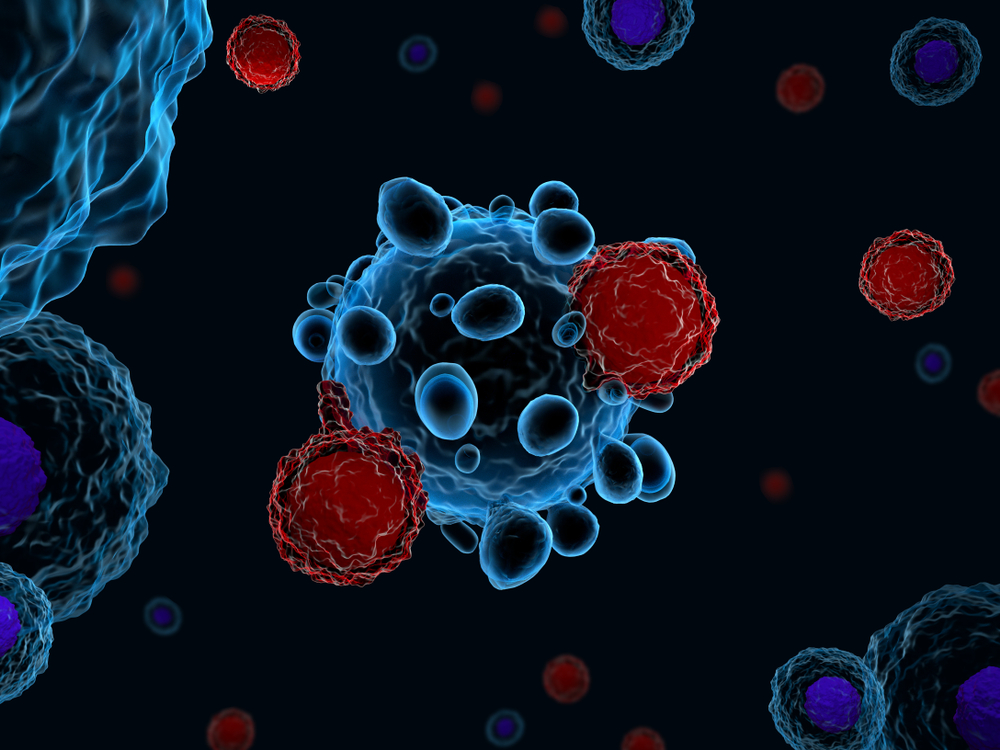Cathepsin E Implicated in Immune Dysfunction in FAP, May Be Biomarker, Mouse Study Suggests

The protein cathepsin E — known for regulating immune system cells — may be a potential biomarker for familial amyloid polyneuropathy (FAP), a study suggests.
Specifically, researchers found that the protein was present at comparatively low levels in the macrophages — a type of immune cells — of FAP mice. That suggests a role for cathepsin E in nervous system inflammation in the rare, inherited, progressive disease.
The study, titled “Downregulated Cathepsin E expression in bone marrow-derived macrophages from the pre-clinical familial amyloid polyneuropathy model,” was published in the journal Amyloid.
In many neurological disorders, including FAP, inflammation in the brain is a disease hallmark. Indeed, previous studies have suggested that certain immune cells, particularly macrophages, behave differently in people with FAP than they do in individuals who do not have the disorder. In addition to affecting the inflammatory milieu, which itself can cause damage, this also may be involved in the buildup of abnormal protein deposits that characterize FAP.
Cathepsin E (CtsE) is a protein with known roles in regulating how cells in the immune system identify and respond to threats. However, whether this protein behaves differently in FAP has not been explored.
To learn more, researchers at the I3S – Instituto de Investigação e Inovação em Saúde at the Universidade do Porto, in Portugal, collected macrophages from the bone marrow of mice with modeled FAP or wild-type mice. Then, in dishes in the lab, the cells were stimulated with lipopolysaccharide (LPS), a part of bacteria that acts as a potent danger signal for immune cells like macrophages, activating them.
Prior to LPS stimulation, there were no significant differences in the levels of CtsE in macrophages from FAP or wild-type mice. However, after LPS stimulation, CtsE levels were significantly lower in macrophages from FAP mice than in those from wild-type mice. According to the researchers, this “could explain the mechanism for lower immune cell chemotaxis [movement] and impaired macrophage function observed in FAP.”
When macrophages become activated in response to LPS, one of their functions is to produce tumor necrosis factor alpha (TNFα), which is a powerful pro-inflammatory signaling protein. Despite the difference found in CtsE levels between activated macrophages from mice with or without FAP, these cells showed no significant differences in TNFα production.
This suggested that the differences in CtsE levels don’t necessarily translate into differences in immunological activity.
However, the researchers note that these data are still fairly preliminary, so it’s not clear exactly why CtsE levels differ in mice with FAP, or what the consequences of such differences might be. It’s also unclear whether these findings will have relevance to human disease.
“Our recent data highlight the potential of CtsE as a novel FAP biomarker and a possible modulator for innate immune cell chemotaxis in the PNS [peripheral nervous system] of FAP patients,” the researchers said.
“We suggest CtsE involvement in mediated immunity, however, the cascade signalling remains unknown,” they concluded.






